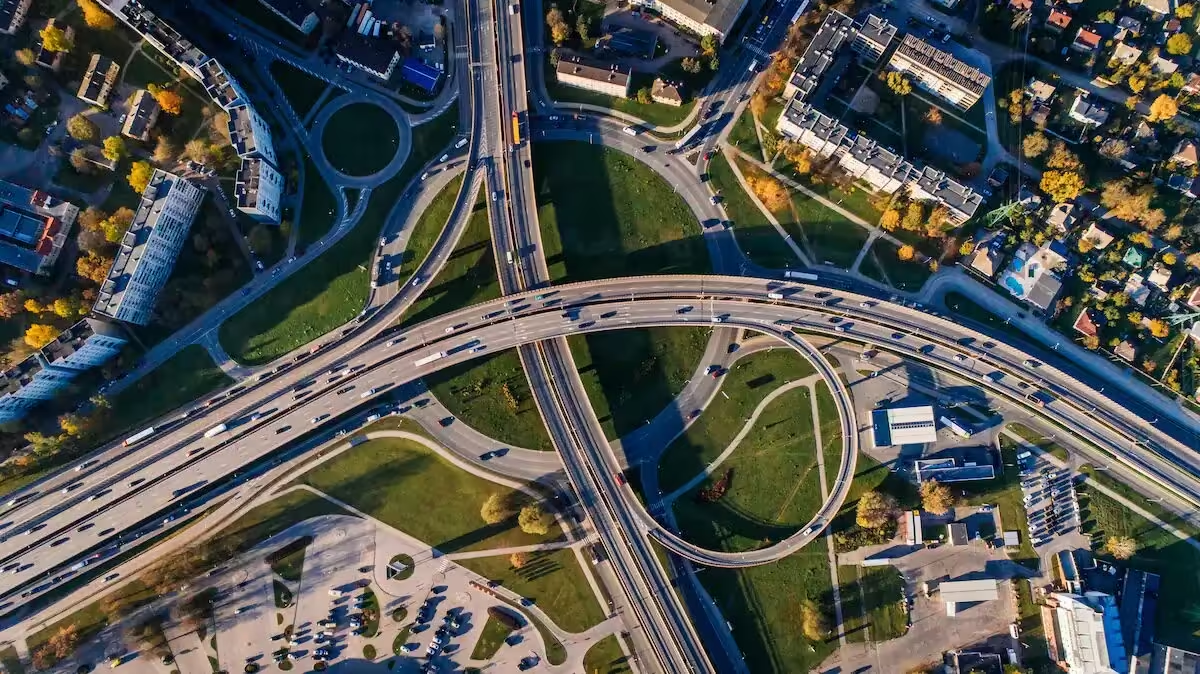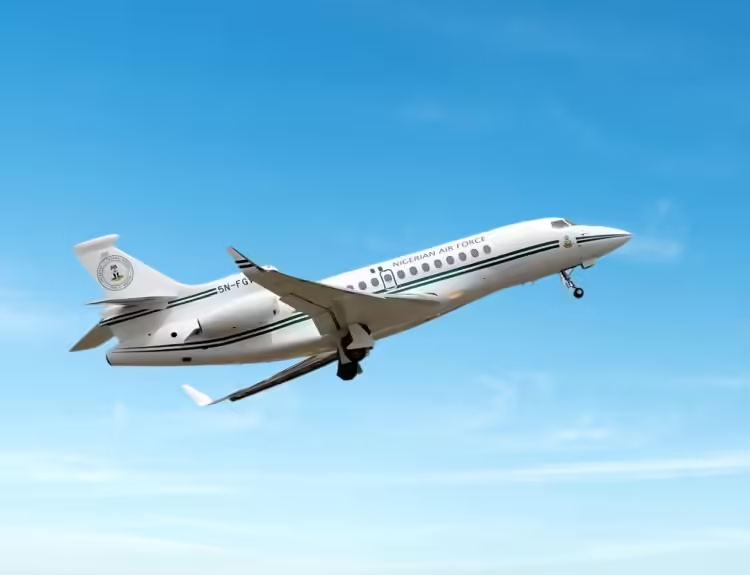On a map of Africa at night, the highways don’t glow like they do in Europe or North America. But a closer look at the numbers shows a continent slowly laying down the asphalt arteries that move people, goods, and money. In Africa, the measure of a modern state is often its paved roads — they are what carry farmers’ produce to city markets, haul copper from mines to ports, and ferry commuters into the service jobs that fuel new economies.
The World Bank estimates that over 53% of Africa’s roads are unpaved, and in some countries, that share rises above 80%. But there are standouts — nations that, through deliberate state investment, donor programs, or sheer necessity, have built large paved networks. Their road mileage is not just an engineering statistic; it is a proxy for industrial ambition, regional integration, and even political stability.
Here are the 10 African countries with the largest paved road networks, a ranking that reveals where asphalt meets economic muscle.
Contents
1. Egypt: 240,000 km
Egypt has turned its highways into a national statement. With nearly 240,000 kilometers of paved roads, Cairo has spent the past decade building six-lane expressways across the desert, cutting travel times between the capital and the Red Sea ports.
President Abdel Fattah el-Sisi’s National Roads Project has doubled paved mileage since 2014. For investors, the roads are as much about geopolitics as economics: they connect the Suez Canal zone to Africa’s interior, cementing Egypt’s role as the continent’s logistics hub.
2. South Africa: 158,000 km
If Egypt’s asphalt tells a story of ambition, South Africa’s tells one of density. With 158,000 kilometers paved inside a 750,000-kilometer system, South Africa has the continent’s most developed transport grid. From Durban’s port to Johannesburg’s industrial belt, freight moves on tarred highways that rival European standards.
Yet, the challenge is maintenance. Decades of underfunding and corruption scandals at state road agencies have left potholes spreading faster than repair crews can catch them. Truckers still prefer it to anywhere else in sub-Saharan Africa.
3. Algeria: 117,000 km
Algeria’s vast hydrocarbon wealth has long been poured into concrete and tar. With 117,000 kilometers of paved roads, its showcase is the 1,216-km East–West motorway, designed to link Morocco to Tunisia. Politics kept the western end fenced off for years as the border with Morocco remained shut.
Today, it’s slowly becoming a trade corridor, especially as Algeria courts sub-Saharan markets. For global contractors, Algeria is a reminder that African megaprojects often mix engineering triumph with geopolitical dead-ends.
4. Nigeria: 60,000 km
No country illustrates the gap between demand and delivery like Nigeria. With 60,000 kilometers of paved roads in a system three times that size, the sheer ratio is damning. Lagos commuters lose an estimated three billion hours annually in traffic. Yet, the stock of asphalt keeps growing.
The Lagos–Ibadan Expressway, under rehabilitation for nearly a decade, symbolizes both Nigeria’s infrastructural ambition and its bureaucratic bottlenecks. Still, with Africa’s largest economy, every kilometer of new tarmac has a multiplier effect.
5. Libya: 47,590 km
Even fractured states carry asphalt legacies. Libya boasts nearly 47,600 kilometers paved, much of it along the Mediterranean coast, a reminder of Gaddafi-era spending sprees. War and instability have battered the roads, but they remain the country’s lifeline.
For logistics firms and aid agencies, the paved stock explains why moving goods in Libya can still be faster than in some stable neighbors. It also raises a bigger point: road kilometers don’t always equal road quality.
6. Morocco: 43,600 km
Morocco’s paved mileage, about 43,600 kilometers, reflects a steady, technocratic build-out. Casablanca to Tangier, Marrakech to Agadir — tollways knit together a tourism and manufacturing powerhouse.
The government’s PPP model has made Moroccan highways some of the most financially sustainable in Africa. Investors often cite Morocco as proof that transparent concession frameworks can lure private capital into African asphalt.
7. Zimbabwe: 18,481 km
Zimbabwe has nearly 18,500 kilometers paved, much of it in corridors that carry tobacco, platinum, and maize to South Africa and Mozambique. Years of economic turmoil have left potholes large enough to swallow buses, but the paved backbone still exists.
Harare has recently courted Chinese contractors to rehabilitate trunk routes, signaling that even debt-strapped economies can’t afford to neglect asphalt.
8. Kenya: 14,420 km
Kenya’s 14,400 kilometers of paved road have grown rapidly under Vision 2030. The Nairobi Expressway, a $600 million Chinese-built toll road, is the flagship.
Beyond the headlines, rural road tarmacking has quietly transformed market access for smallholder farmers. For the government, every kilometer is political: new paved roads are ribbon-cutting opportunities in a competitive electoral system.
9. Ghana: 13,787 km
Ghana’s last consolidated figure — 13,787 kilometers paved — is more than a decade old, but new projects are expanding that footprint. The Accra–Tema motorway remains a bottleneck, yet ongoing upgrades show Ghana’s quiet push to modernize.
Unlike Nigeria, Ghana’s smaller scale allows paved mileage to make a more visible economic difference.
10. Tunisia: 12,750 km
Tunisia rounds out the top 10 with 12,750 kilometers paved, a hefty share of its 19,750-kilometer network. The country’s compact size and relative stability have kept highways in better shape than in many peers.
For European investors, Tunisian asphalt is part of the “nearshoring” value: factories near Tunis can ship quickly to Mediterranean ports on well-maintained tarmac.
The ranking exposes Africa’s asphalt divide. North Africa dominates, a legacy of higher income and decades of public investment. South Africa remains the freight king of the south. East and West Africa’s rising economies — Kenya, Nigeria, Ghana — are racing to catch up, but their paved shares still lag.
For global investors, paved kilometers are shorthand for logistics costs, risk profiles, and even market size. A cocoa exporter in Abidjan pays less to move beans inland than a maize farmer outside Kampala, precisely because one has asphalt and the other doesn’t.
The irony is that many of Africa’s “best roads” are not the newest or smoothest but simply the most paved. Asphalt, in Africa, is as much a political artifact as an engineering achievement.






